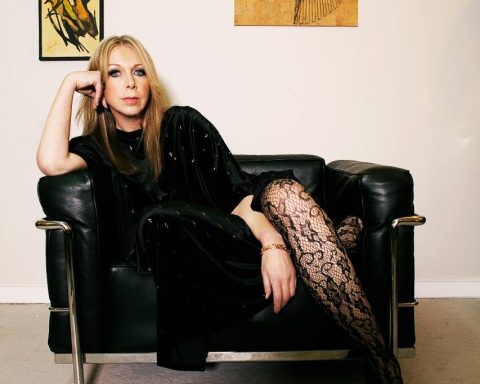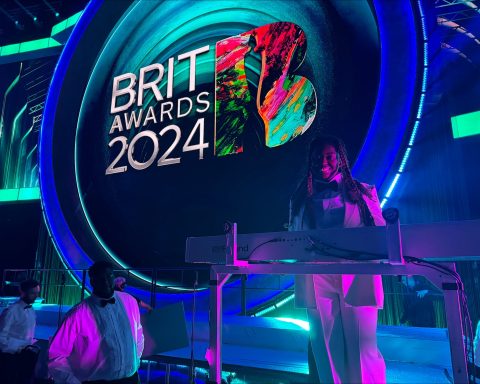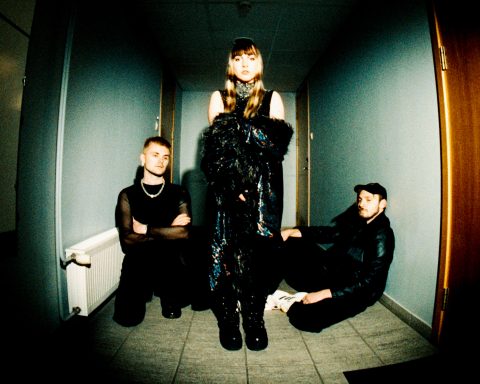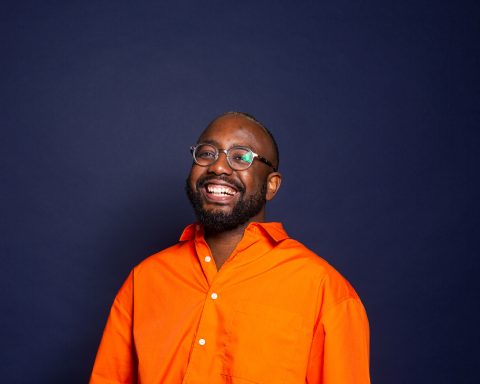Initially a session player until friends encouraged her to record and release music, Hinako Omori’s debut album a journey… combines therapeutic frequencies with field recordings. The artist sourced the nature sounds from Real World Studios’ surrounding woodlands before using the facility’s binaural and 3D spatial technologies to create an immersive reinterpretation of the original material.
Music of the Environment
Do you find your cultural background leads you towards a different palette of sounds than traditional Western music?
Subliminally perhaps, but I moved to the UK when I was three, so I’ve mostly listened to Western music up until the last ten years. With the introduction of streaming, I was able to dive into ambient and synthesizer-based records from Japanese artists like Ryuichi Sakamoto, Haruomi Hosono, and Hiroshi Yoshimura. In Japan, there is a term Kankyō Ongaku, which means “music of the environment,” and I’m sure that’s fed into my work.
Does the title of your debut album, a journey…, relate to the music conceptually?
The music was initially finished for an online version of the WOMAD at Home festival and created as a continuous piece. So I wasn’t really thinking of song titles until it came to presenting the music at the festival. Once I’d finished the project, the title a journey… resonated with the ideas behind the record’s creation and the sonic representation of the inner journey I was going through.
"I moved to the UK when I was three, so I've mostly listened to Western music up until the last ten years."
Living in the Real World
You recorded the album at Peter Gabriel’s Real World Studios. What did that process teach you technically and creatively?
It taught me a lot. The synths and vocals were recorded at home. Then I went to Real World a day early and headed to the surrounding forest areas with engineer Katie May to record nature sounds. Inside Real World, the process was more about mixing and adding the binaural field recordings to the music. We also mixed some of the stems binaurally by reamping them using their d&b audiotechnik loudspeaker array system.
Just to be in Real World’s beautiful environment gives so much to whatever project you’re working on. It helped me to create an immersive space that will hopefully allow the listener to take themselves closer to nature wherever they are.
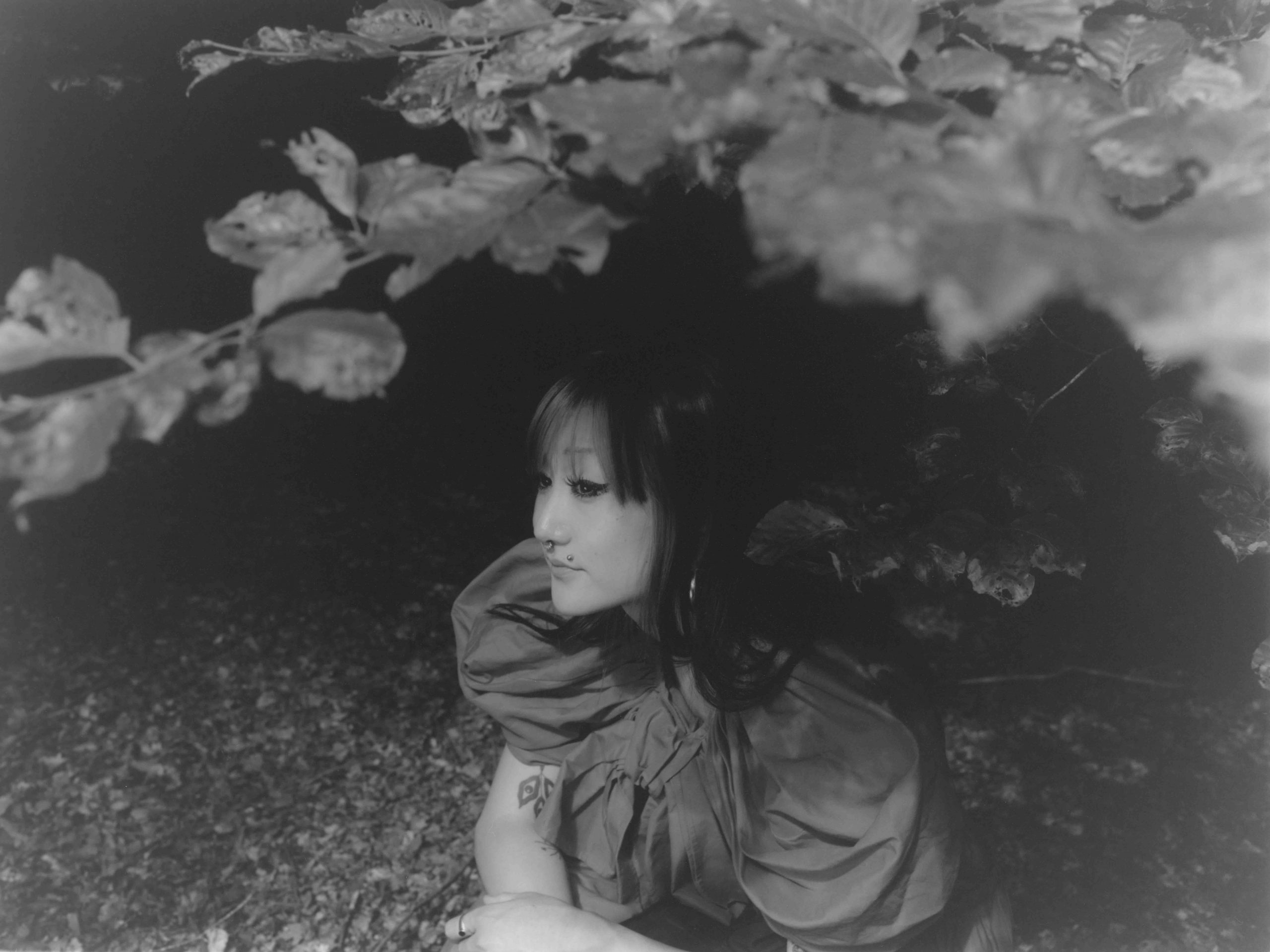
Having tasted the world of spatial and binaural recording, will it be difficult to go back to using traditional technologies?
Every day, there seem to be interesting new technologies using portable field recorders, microphones, and plug-ins that can help you generate a binaural space, even if it’s automated. We actually used binaural heads at university, but I didn’t employ them on my own projects at the time, so it was amazing to have the luxury to dive in and use Real World’s beautiful hi-spec equipment.
“Every day, there seem to be interesting new technologies using portable field recorders, microphones, and plug-ins that can help you generate a binaural space.”
Sonic Explorations
On a journey… do you use sounds from your JUPITER-Xm synth?
It’s an incredible synth to get to know, as it houses so many of the classic Roland sounds in a tiny unit. And because it’s so small, it’s incredible for touring. I used it on the road with my friend and label sister Penelope Trappes because its pads were able to perfectly recreate and sit underneath some of the sounds featured on Penelope’s record. I also used it in a recording session with artist Cécile B Evans to create ethereal soundscapes for a gallery installation. It’s become an indispensable part of my studio.
Organic Tones and Tactile Nature
When did you acquire your vintage Roland Saturn 09?
I was in Switzerland with producer Dan Carey recording our friend Sophie Hunger’s album and had an opportunity to go to SMEM, a huge synthesizer warehouse with every synth imaginable. They kindly let us borrow some of their synthesizers, so we did a bit of a supermarket sweep, and I saw the Saturn 09 on a shelf and felt a visceral connection to it.
We took it to the studio, and I fell in love with it because it really does sound like an organic instrument. It doesn’t have many parameters, but you can get so many different tones and sounds from it that I kept gravitating toward it during sessions, so much so that Dan and Sophie very kindly bought me one as a gift.
"The JUPITER-Xm is an incredible synth to get to know because it houses so many of the classic Roland sounds in a tiny unit."
You’re a fan of running synths and vocals through pedals. What role do BOSS pedals play in that process?
I much prefer the tactile nature of pedals to automating with plug-ins because you can connect with the sound more and the process becomes very much of the moment. I also prefer recordings that convey how things felt at the time they were recorded. The RV-5 was the first pedal I bought, but now I have the RV-6 and especially like using it on live vocals.

Next Steps on the Journey
You’re going on tour next month to promote a journey… Will you be improvising on stage?
I’ve just finished a tour opening for the wonderful Beth Orton and have a couple more shows this year. One is at St Matthias Church in London and the other at the Le Guess Who Festival in Utrecht. Improvisation used to frighten me. Because I came from a classical background, I became very comfortable with having notes in front of me. But working in the session world enabled me to feel more comfortable improvising with other musicians. For the shows, I’ll be performing the whole album continuously without any breaks, and I’m sure there will be little improvisations from night to night from using a hardware-only setup.



